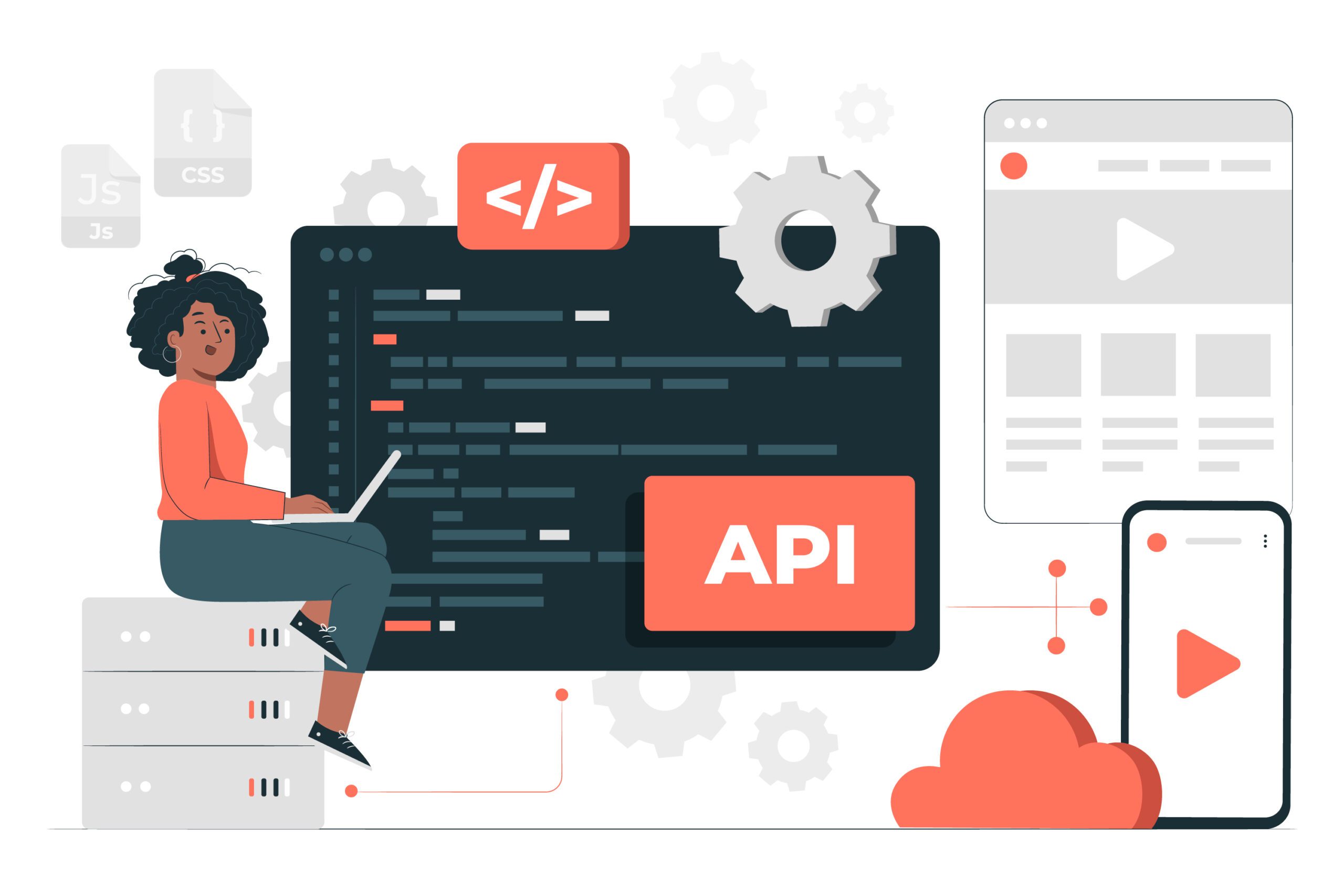In the realm of modern digital interactions, Application Programming Interfaces (APIs) have become the connective tissue that seamlessly links software systems, enabling them to exchange data and functionality. From social media platforms to e-commerce websites and mobile applications, APIs power the functionalities that drive our interconnected digital experiences. However, as the significance of APIs grows, so does the need for robust API security measures to protect sensitive data and ensure the integrity of these vital connections.
![]()
![]()
![]()
![]()

Understanding APIs and Their Significance:
An API is a set of defined rules and protocols that allows different software applications to communicate with each other. APIs enable developers to access specific features or data from one application while integrating them into another, enhancing the functionality and efficiency of both. Consider a weather application on your smartphone that pulls data from an external service to provide real-time forecasts. This interaction happens through APIs, allowing the weather app to request and receive the required information.
The Growing Importance of API Security:
While APIs provide incredible benefits in terms of flexibility, speed, and innovation, they also introduce a new set of security challenges. As APIs connect different systems, they create potential entry points for malicious actors who might attempt to exploit vulnerabilities to gain unauthorized access, steal sensitive data, or disrupt services. API security, therefore, is the practice of protecting APIs and the data they handle from various security threats.
Common API Security Threats:
-
Data Breaches: Hackers might exploit vulnerabilities in APIs to gain unauthorized access to sensitive user data. Weak authentication and improper authorization mechanisms can expose valuable information to malicious actors.
-
Injection Attacks: Similar to web applications, APIs can also be vulnerable to injection attacks where malicious code is injected into input fields to manipulate or gain unauthorized access to data.
-
Denial of Service (DoS) Attacks: Attackers can overload APIs with a flood of requests, causing them to become unavailable and disrupting the functioning of connected applications.
-
Broken Authentication: Weak authentication mechanisms can allow unauthorized users to impersonate legitimate users and gain access to confidential data.
-
Insecure Deserialization: This occurs when APIs process data from untrusted sources without proper validation, leading to the execution of malicious code.
-
Broken Access Controls: Improperly configured access controls can allow unauthorized users to access functionalities or data they shouldn’t have access to.
-
Data Exposure: Poorly designed APIs might inadvertently expose sensitive data or allow unintended access to data that should be protected.
Strategies for API Security:
-
Authentication and Authorization: Implement strong authentication mechanisms to verify the identity of users and ensure that only authorized users can access the API’s functionalities.
-
Encryption: Encrypt data transmitted between systems to prevent eavesdropping and ensure that even if intercepted, the data remains unreadable without decryption keys.
-
Rate Limiting: Implement rate limiting to prevent excessive requests from a single source, mitigating the risk of DDoS attacks and resource exhaustion.
-
Input Validation: Validate and sanitize all input data to prevent injection attacks and other forms of data manipulation.
-
API Gateway: Utilize an API gateway, a central component that manages and secures incoming and outgoing API traffic. It can handle authentication, rate limiting, and other security measures.
-
Regular Security Audits: Conduct frequent security audits and vulnerability assessments to identify and address potential weaknesses in the API.
-
Monitoring and Logging: Implement robust monitoring and logging mechanisms to track API activities, detect anomalies, and respond promptly to security incidents.
-
API Documentation: Clear and updated documentation helps developers understand how to use the API securely and follow best practices.
The Role of DevSecOps:
API security is not a one-time endeavor; it’s an ongoing process that requires continuous attention. Incorporating security into the development process, known as DevSecOps, is crucial. By integrating security practices into the entire software development lifecycle, organizations can identify and address security issues early, minimizing vulnerabilities and reducing the risk of breaches.
Conclusion:
APIs have revolutionized the way applications interact, enabling the creation of intricate and feature-rich digital experiences. However, this connectivity also introduces security challenges that must be addressed proactively. API security is not only about protecting data but also about ensuring the reliability and functionality of interconnected systems. As the digital landscape continues to evolve, organizations must prioritize API security to build trust, safeguard user data, and enable innovation without compromising on safety. By implementing a combination of robust security measures, continuous monitoring, and adherence to best practices, businesses can navigate the intricacies of API security and foster a more secure digital ecosystem for all.